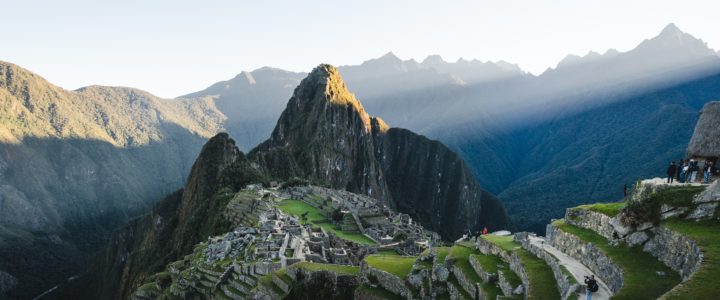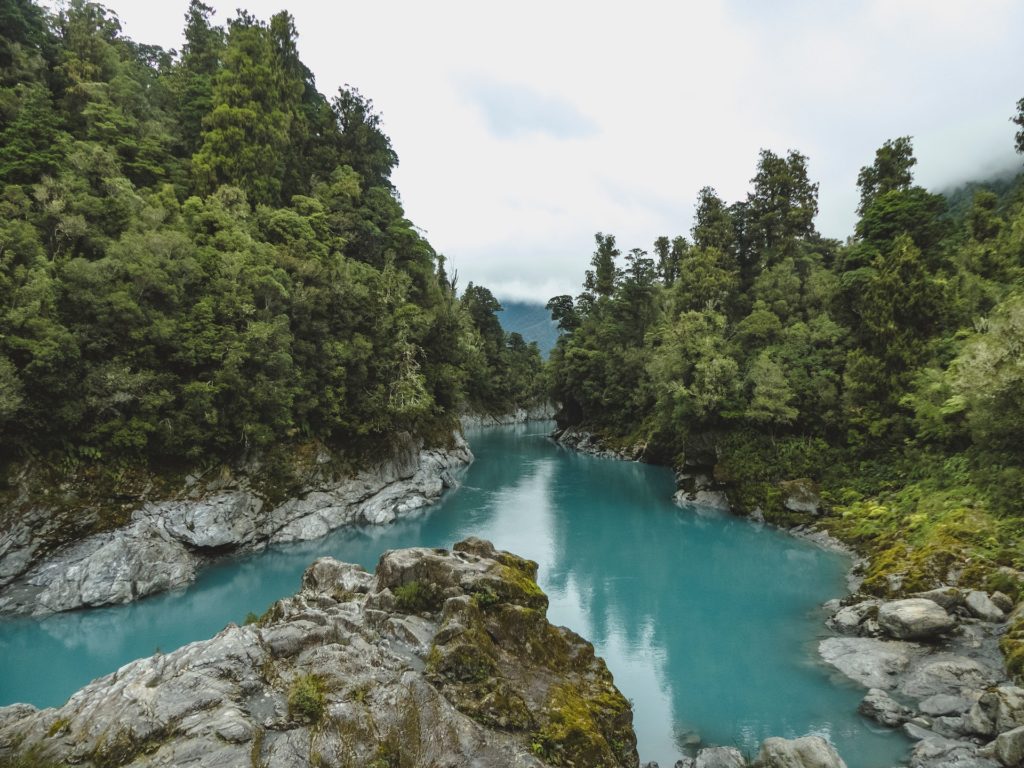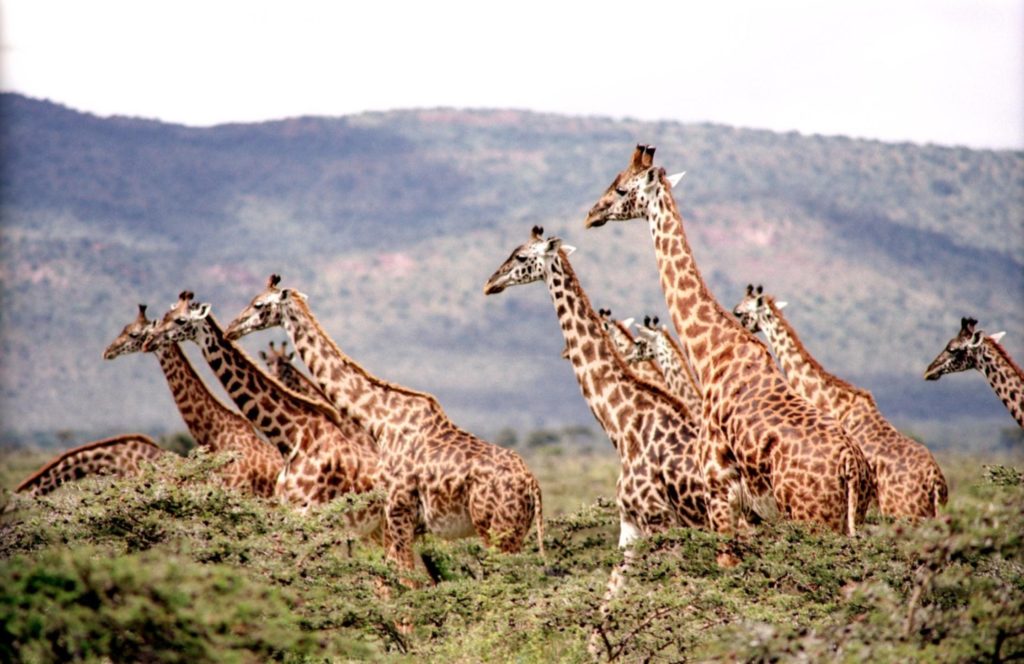
There’s a relatively new buzz phrase in the travel industry: Regenerative Travel. It’s essentially one-upping the slightly older concept of sustainable tourism, the next necessary step in rethinking our relationship with our planetary home in relation to exploring it. So what’s different? And is it actually, genuinely all that different, or are we just greenwashing our way around the globe?
The term started to become popular during the height of the pandemic, as rather an aspirational method of travel being possible again. Once we realized that with isolation/lockdown rules came better air quality and decreased carbon emissions (can we just take a moment to reflect on this, surely, being adequate proof for any climate delayer that anthropogenic CO2 is. the. problem?!), we started to think there might be a more planet friendly way to trot across it. Where sustainable travel is promoted as minimizing harm to the environment you visit, and being mindful of the local peoples and cultures, regenerative travel aims to actually restore health and harmony to the destination. In essence, allowing travel to be sustainable, that is, able to be maintained over time, for generations to come. And no matter how respectful travelers are, if they take with no giving back, a destination will still struggle under the weight. At this point in the Anthropocene, it’s not enough to leave the destination as you found it – we need to work on improving things while we’re there.

So in 2020 the Future of Tourism Coalition was formed, under the umbrella and guidance of the Global Sustainable Tourism Council. The Coalition is made up of 6 NGOs – the Center for Responsible Travel; the Destination Stewardship Center; Green Destinations; Sustainable Travel International; Tourism Cares; and the Travel Foundation; and then there are 22 Founding Signatories and so far, over 600 organizations (government, NGO, businesses, academic institutions, investors and media) have signed up to adhere to the 13 guiding principles. These principles include better planning of land to ‘contain’ that used for tourism purposes; stopping the use of single use plastics in tourism; and demanding fair income distribution – in depth descriptions can be found on the Coalition’s website. You’ll notice pretty quickly that many of the principles sound as if they’re not related to you, as the traveler – and you’d be right. The other major difference between sustainable travel and regenerative travel is that the biggest share of responsibility is being placed with the organizations in and around the location – hence the signatories being NGOs and businesses.
With that being said, how exactly do we go about turning up to our holiday destination and making it better by the time we leave? It might seem like a tall order, but in fact, as is most often the case from a personal standpoint in the realm of sustainability, it’s the small things which make a difference. So let’s take a look at some ideas and examples.
While traveling in New Zealand I will care for land, sea and nature, treading lightly and leaving no trace. I will travel safely, showing care and consideration for all. I will respect culture, traveling with an open heart and mind.
The Tiaki Promise
For those venturing to the Land of the Long White Cloud, Aotearoa, or New Zealand, you will be asked to take the Tiaki Promise – giving a pledge to the beautiful nation that you will be guardian of the land, protecting and preserving this nation for now and future generations. Travelers are then given specific guidance on how to embody the pledge: how to show kindness; travel safely on the scenic but sometimes dangerous roads; and how to keep things clean by knowing which bin is for which item. These are small things, but are certainly impactful. And when you film yourself taking the promise and pop it on the socials, the conversation around this grows – it goes without saying how important these chats are!

The Philippines took a bold step which many, including many locals, deem as controversial – they closed one of their top tourist locations for SIX MONTHS! The beautiful island of Boracay, one of the 7,641 islands making up the Archipelago, was closed to all but locals while they gave the island some much needed TLC. Known as having some of the most spectacular beaches in the Philippines (White Beach, especially), led Boracay to become an absolute magnet for travelers. But that weight was too much for the locale to bare, so they shut down operations while they could regenerate the land, clean things up, and importantly, make a plan educating those who came in to be more responsible while enjoying this natural beauty. So they have laid down a challenge for all the those who visit the Philippines: it’s the #KeepTheFunGoing challenge, and is actually a set of challenges which you can undertake to better protect and preserve the islands. This includes walking or cycling instead of driving, refusing single use plastic, planting a tree, cleaning up litter, staying at a homestay and more. The bonus is that it’s a social media centric game – and you can actually win a trip! So you take videos or pictures of yourself doing the challenges, use the appropriate hashtags, tag the Philippines Department of Tourism and some of your friends – and enjoy basking in the knowledge that even if you aren’t selected as a winner, you’re an awesome person!
These ideas are great, and should I be lucky enough to explore the Philippines one day, keep an eye out for my #KeepTheFunGoing posts! But, not all places which would benefit from an influx of tree planters, and not all people who need a tourist dollar to be able to access education, are in the most beautiful parts of the world. Some people and places are left off the tourist trail, despite being willing and in need of a burst of regeneration. So thankfully there are tourist companies who are helping out. The likes of One Seed Expeditions contributes money from your tour (small groups or completely custom) to microfinance female would-be entrepreneurs who want to build local businesses but lack access to capital or guidance. Or if you stay at a Soneva Resort in the Maldives of Thailand, you’ll be contributing to the Soneva Foundation which then financially supports food delivery to malnourished children in regional Nepal or Rajasthan, India; or buys fuel-efficient cooking stoves for families in Myanmar; or funds the placement of vulnerable and orphaned children in China or Thailand, to ensure their survival and safety.

If you travel to Kenya, to the remarkable Masai Mara, you could choose to stay with Basecamp Explorer and thereby support the Basecamp Explorer Foundation, a not-for-profit who partner with land owners and other locals to reduce poverty and gender inequity; create protected areas for wildlife; restore biodiversity; and deliver education and healthcare, for example.
To really get lost in a new culture, you’ll need to fly. So while flying is certainly bad from an emissions standpoint (and please don’t think offsets are your ticket to guilt free flying), embracing the ethos of regenerative travel means you make your time in the destination really worth it. Start by planning carefully and looking into a social impact/eco-first tour or booking company. Take one longer vacation, rather than several short trips. While you’re there, eat local, seasonal, and plant-based. Ditch the single use water bottle in favor of a reusable water bottle and purifier tablets. Spend some time picking up trash. Embrace the heat and humidity and leave the AC off. Here’s some other insights into regen travel’s predecessor, sustainable travel.
Many of us yearn to travel again. The tourism industry suffered massively throughout the first year and a half of COVID, with millions of people losing their livelihoods overnight. They deserve our support and we deserve to be able to have new adventures – we just need to do it very differently.



